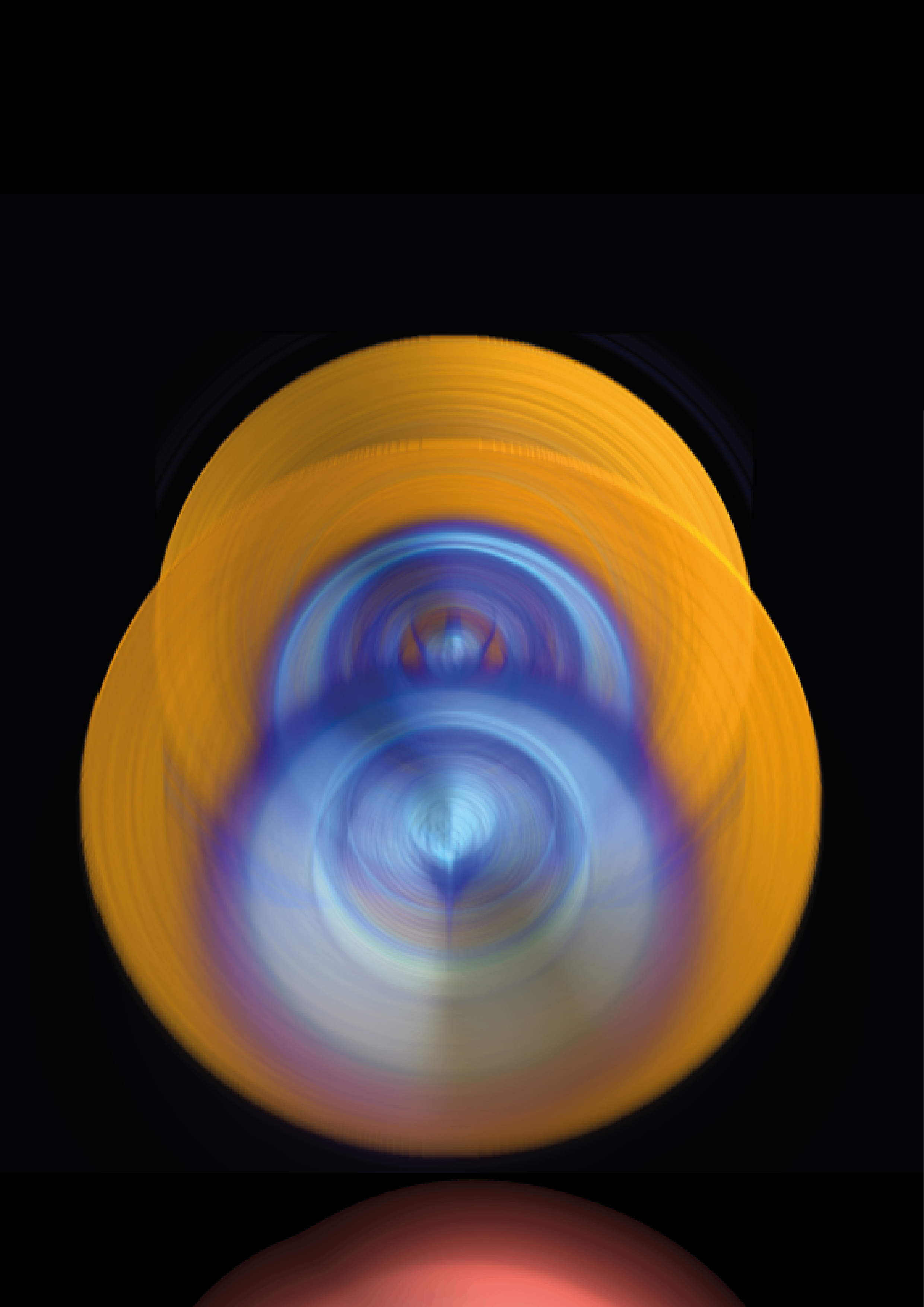A quasi-particle plasma-based accelerator for miniaturizing coherent light sources.
Epp team members Bernardo Malaca, Miguel Pardal, Ricardo Fonseca,and Jorge Vieira lead a study that has determined how collective movements can emit radiation like individual particles. The article was published in the journal Nature Photonics (see article here or here).
What kind of radiation would be emitted by a superluminal particle? And how would it radiate under arbitrarily high accelerations? It is not usually possible to investigate these questions: as far as is known, there are no individual particles that can travel faster than light. Furthermore, technology limits the maximum acceleration that we can subject charged particles to in a laboratory context. What researchers have now recognized is that these exotic radiation regimes are perfectly accessible to collective excitations. An example of such collective excitement is the Mexican wave in a football stadium, where something that appears to go around the stadium is made up of people who only sit and stand at the appropriate moments.
As an illustration, the researchers conducted numerical simulations on the LUMI supercomputer (Finland) to study the radiation emitted by quasi-particles in plasma accelerators (plasma is the state of matter where atoms have already been ionized), which are much more compact than conventional ones.
This technique allows for coherent radiation from THz to extreme ultraviolet with brightness as high as that of free-electron lasers operating in the same frequency range. This work was carried out in collaboration with researchers from the Laboratoire d’Optique Appliquée (France), the University of Rochester (USA), and the University of California – Los Angeles (USA), and funded by FCT/Portugal and the European Plasma Research Accelerator with Excellence in Applications (EuPRAXIA) project.








